The (educational) benefits of a second series for ELT purposes
Scott Granville
In an earlier post exploring the benefits of using narrative drama series for English language learning and teaching, I discussed the use of cliffhanger moments at the end of episodes. These deliberately placed key incidents that are left open-ended until a future episode provide a rich resource for learning activities, including prediction and speculation-based tasks.
As an extension of the value generated by cliffhanger moments, a further and more expansive opportunity lies in how a second series (or season) of dramatic content can be utilised to promote learner engagement. In terms of framing this conversation, I will use Skippers Pass and Skippers Pass: Homecoming from the Chasing Time English library of drama series but in almost all instances these ideas are transferable to any mainstream episodic narrative.
From a creator’s perspective, when a dramatic series is outlined, the protagonist’s journey is mapped out against a series of roadblocks caused by antagonistic characters or physical spaces. This careful organisation of key events and encounters enables teaching and learning moments to be embedded simultaneously which in turn delivers a cohesive final education product. But at the end of the series, while these identified events (may) have been resolved, in most cases a whole new set of questions about the key characters (if produced correctly) should have appeared.
So, from an educator’s perspective, how can we build on the interest and excitement from watching the first series and maintain learner engagement leading into a second series? Here are two activities that have proven popular with students who have watched our Skippers Pass series (no spoilers included).
1. Two years later (group or pair activity)
The conclusion of the Skippers Pass series is deliberately open-ended with the protagonist, Emma Oakley, left with an unresolved situation. Armed with information from the first series, and knowing that a follow-up series is available, students are asked to consider what they think happened to Emma next, and what her world may look like two years later.
As a small group or pair activity, this can be delivered across multiple lessons to include speaking and listening practice leading into a presentation given to the class. Alternatively, the ideas shared as a group can be transferred to a writing task providing further opportunities for students.
2. Bring back…
For this activity, students are encouraged to focus on their favourite character from the series, excluding Emma. The purpose of the task is to build learner confidence in presenting an opinion using supporting information. Each student chooses a character they found interesting and prepares reasons why they believe that character should return for the second series. It is important to explain that both heroes and villains are equally viable choices, often an antagonist offers a more complex profile. The final output may be spoken or written depending on your learners’ needs.
These two examples are only a starting point for an ongoing conversation on the intersection between episodic storytelling and language learning opportunities. Future posts will build on this concept, and as always, we encourage you to share your thoughts and experiences on using drama in ELT.
You can read the original post on cliffhanger moments here: https://chasingtimeenglish.com/posts/2021/9/12/cliffhanger-moments
